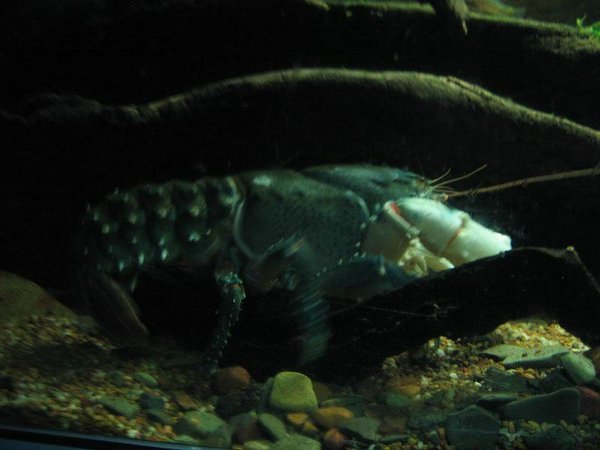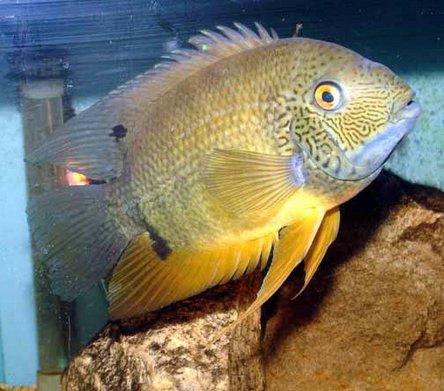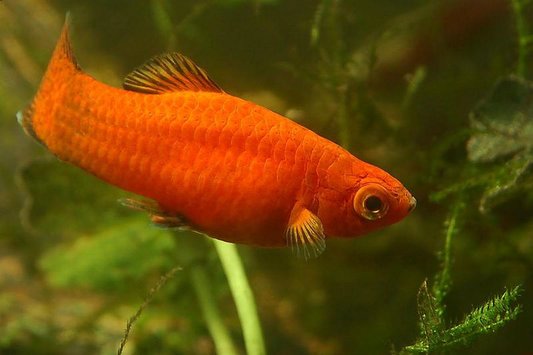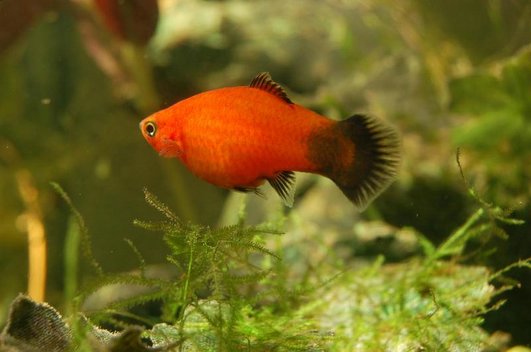Monday, July 31, 2006
Aquarium Lore Voted Best Hobby Blog in Best of Blogs Award Jul 2006
These few months, I was buried in tons of work, as my projects dateline neared, and I could not research and blog about what I found as often as I would have like. Also, I seem to have a lot of negative emails and feedbacks about my work, and is feeling a bit discouraged. Therefore, winning this award is a bonus for me. The winning of this award and that my blog traffic continued to climb past the 15,000 unique hits mark (in less than 6 months), never creased to amazed me. When I first start this blog, all I want is to write about my love for my fish. I did not ever expect so many people will read my blog and grow to love it and visit it often with every posting.
To celebrate our win, we will be coming up with new fish datasheets such as glowlight tetra, mollies, and others fishes. As always, requests are welcomed - although I must confessed that the request list is getting longer and longer, and I now takes about 2-3 weeks to accomodate request.
This month will see Jinjin and Sasa continue their adventures in Singapore with a visit to Underwater world, Singapore, Pasir Ris Fish farm and more.
For those who love turtles and tortoises, this month will also feature a new turtle : the yellow mud turtle.
Finally, out of curiousity and amazement at the crustacean empire, I will do some research and write up on some crabs and lobsters...
Once again, thank you for voting for aqaurium lore and making it your favourite fish blog. It would not be possible without you.
Stay tuned with me as I move on in research for more fishes...
Eugene
Saturday, July 29, 2006
Jinjin and Sasa Adventure in Sydney Aquarium
Sunday, July 23, 2006
Severum
Photo GalleyGot a photo? Contact me.
References Cited:1. Heros Severum (Heckel, 1840), [Online], Available http://www.wetpetz.com/severum.html | ||||||||||||||||||||||||||||||||||||||||||||||||
Monday, July 10, 2006
Blood Parrots
Photo GalleyGot a photo? Contact me.
Reader's PetHere is a contribution from a reader name Levah Lightfoot. I've read many comments on this website about blood parrots. I've laughed with what was said about some of them and the things they do. Well here I am writing about our blood parrot, "Angelina", she is so much fun to watch and boy! does she have character plus!!! We have 9 grandchildren, when they come they go to see "Angelina", she seems to know them or at least she always comes to the front of the tank and watches them. She will follow their finger accross the front of the tank. If anyone is in the room she is always at the front of the tank looking at them. When we watch T.V. at night, her feeding time she won't stop looking at us until she gets her food. Now she is the leader of the tank, she lives with four Silver Dollars, two Ballah Sharks, one small catfish and a very large algea fish. When she eats she gets what she wants and they all get the rest, they chase each other for food BUT no one chases "Angelina". It's so much fun to watch her and she seems to like it when you put your hands or arm in the tank, she will rub your hand or arm as if to say, "Hello!". We have a large German Shephard, if you ask her , "where is Angelina?" she will run to the tank and look and "Angelina" will come to the front of the tank and look at the dog. Crazy yes!
References Cited:1. Shirile Sharpe, [Online], Available http://freshaquarium.about.com/cs/livebearers2/p/redtuxedo.htm | ||||||||||||||||||||||||||||||||||||||||||||||||||
Monday, July 03, 2006
Platy
Photo GalleyGot a photo? Contact me.
References Cited:1. Shirile Sharpe, [Online], Available http://freshaquarium.about.com/cs/livebearers2/p/redtuxedo.htm | |||||||||||||||||||||||||||||||||||||||||||||||
Sunday, July 02, 2006
Jinjin and Sasa Adventure in Ocean Park
 This section list the adventures of Jinjin and Sasa as they embarked a visit to Ocean Park in Hong Kong. This section list the adventures of Jinjin and Sasa as they embarked a visit to Ocean Park in Hong Kong.Ocean Park is a theme park in Hong Kong. Before Disneyland was opened in Hong Kong, Ocean Park is the only theme park in Hong Kong. Few people know this, but ocean park is also one of the best aquatic conservation and observation center in the world. The study of jellyfish is among the world's best, and Ocean Park boast of a wide variety of ocean life forms. | |||||||
|
|
The Shark Tunnel is another notable mention, and it showcases several sharks species. But what really capture our imagination and wonder is the showcase of jellyfish. There are so many species and they all look so different - and left me flabbergasted. Of interest to others in also the dolphin pool. These porpoises are very friendly, and they sportingly made many jumps in the air for us. In addition to catering to the ocean lovers, there are many things of interest to other parties. Some of these include the dinosaur park, where the dinosaurs look superb real, and the panda bear enclave. This is the first time Jinjin see a real panda bear. Of course, no visit to ocean park is completed with the rides. While the rides are mild (by Jinjin's standards), Sasa was screaming and scared stiff. We left Ocean Park tired but happy. | ||||||







































 Angelina with Silver Dollars
Angelina with Silver Dollars























